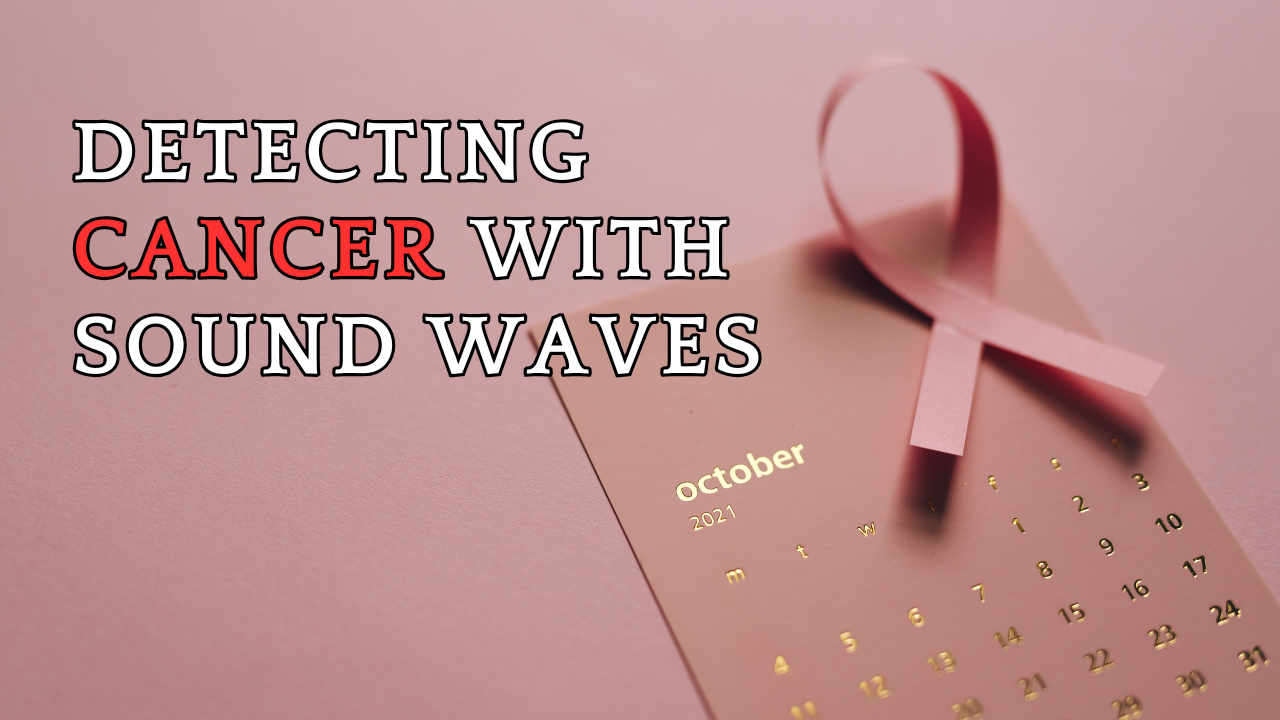Font size:
Print
Chandipura virus infection transmitted by sandflies and mosquitoes
Context: The Gujarat government announced on Monday (July 15) that six children have died from suspected Chandipura virus (CHPV) infection since July 10. A total of 12 suspected cases have been reported so far.
CHPV Infection and Transmission:
- Virus Family: CHPV belongs to the Rhabdoviridae family, which includes the lyssavirus causing rabies.
- Vectors: Transmitted by sandflies (Phlebotomine sandflies, Phlebotomus papatasi) and mosquitoes (Aedes aegypti).
- Transmission: The virus resides in the salivary glands of these insects and is transmitted to humans or vertebrates through bites.
- Impact: The infection can reach the central nervous system, leading to encephalitis (inflammation of brain tissues).
Overview of Rhabdoviridae Family:
- Genome: Type: Negative-sense, single-stranded RNA
- Structure: Usually single RNA molecules with partially complementary termini.
- Hosts: Infect plants and animals including mammals, birds, reptiles, amphibians, fish, and invertebrates (arthropods).
- Vectors: Some arthropods serve as biological vectors for transmission.
Symptoms of CHPV Infection:
- Initial Symptoms: Flu-like symptoms, including fever, body ache, and headache. May lead to altered sensorium, seizures, and encephalitis.
- Other Symptoms: Respiratory distress, bleeding tendencies, or anaemia (reported in retrospective studies from India).
- Rapid Progression: Can lead to mortality within 24-48 hours of hospitalisation.
- Susceptibility: Primarily affects children under 15 years.
- Management of CHPV Infection:
- Symptomatic management of CHPV involves no specific antiretroviral therapy or vaccine, making the critical management of brain inflammation crucial to prevent mortality, especially given the rapid disease progression that complicates efforts.
Worst Affected Regions in India:
- Initial Isolation: CHPV was first isolated in 1965 during a dengue /chikungunya outbreak in Maharashtra.
- Major Outbreaks: Significant outbreaks occurred in 2003-04 in Maharashtra, northern Gujarat, and Andhra Pradesh, with over 300 child deaths.
- Endemic Regions: The infection remains endemic in central India, where sandfly and mosquito populations are higher.
- Seasonal Aspect: Outbreaks are more common when the sandfly population increases, particularly during the monsoon season.
- Factors Influencing Outbreaks
-
- Environmental Factors: Use of cow dung paint and making cow dung cakes in kutcha houses attract sandflies.
- Population: Sandflies multiply more during the monsoon season, contributing to more pronounced outbreaks.
Changes in Disease Patterns:
- New Findings: Sandflies found at higher heights during surveillance, unlike their usual behaviour of staying within 3 feet from the ground.
-
- Recent cases include new presentations such as brain haemorrhages.
- New outbreak centres identified in tribal areas of Gujarat, including Pavagadh, Khedbrahma, and Godhra.

Overview of Sandflies:
- Taxonomy at a Glance
-
-
- Order: Diptera (two-winged flies)
- Suborder: Nematocera
- Family: Psychodidae
- Subfamily: Phlebotominae
-
- Distribution: Between latitudes 50° N and 40° S.
-
- Exclusions: New Zealand and the Pacific islands.
- Blood Feeding: Female sand flies (except some autogenous species) need blood meals to develop and lay eggs.
- Feeding Behaviour: Mostly exophagic, some endophagic and endophilic species
- Genera of Interest: Lutzomyia and Phlebotomus are the main anthropophagous species relevant for human disease transmission.
- Life Cycle Stages: Eggs, larvae, pupae, adults
-
- Eggs: Deposited in protected, humid areas with organic matter.
-
- Hatching: 4-20 days, extended in cooler weather.
-
- Larval Instars: Four stages, development completed in 20-30 days (longer in diapause conditions).
-
- Pupation: 6-13 days, adults emerge before dawn.
- Life Cycle Conditions: Requires temperatures above 15.6°C for at least three months of the year
- Oviposition: Occurs 5-8 days after blood-feeding, some species feed multiple times before developing viable eggs
- Adult Life Expectancy: Males: About a week.
-
- Females: Longer, undergoing multiple gonotrophic cycles.
- Behaviour:
- Bites: Very painful.
- Feeding Time: Mostly during the evening and night, but can bite during the day if disturbed.



